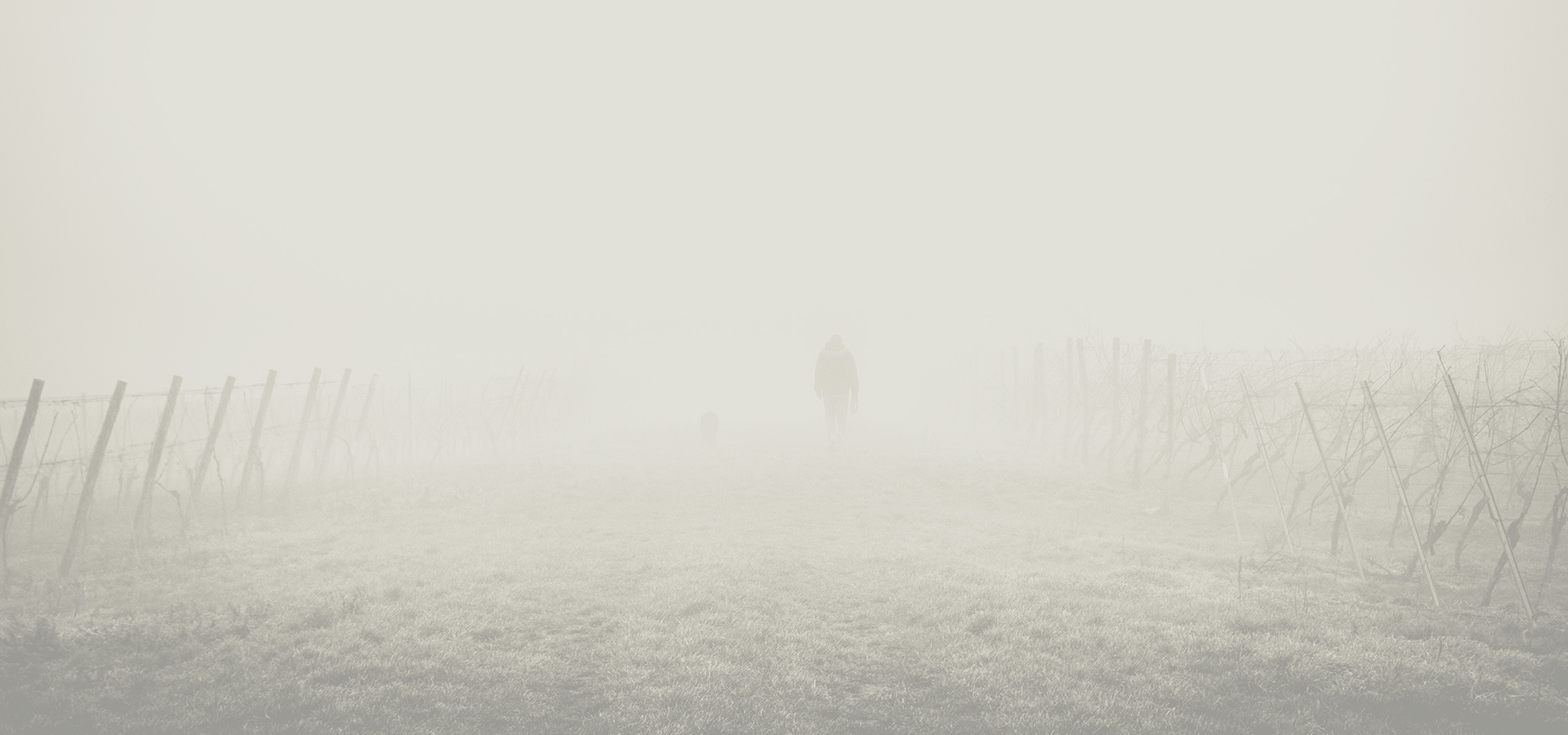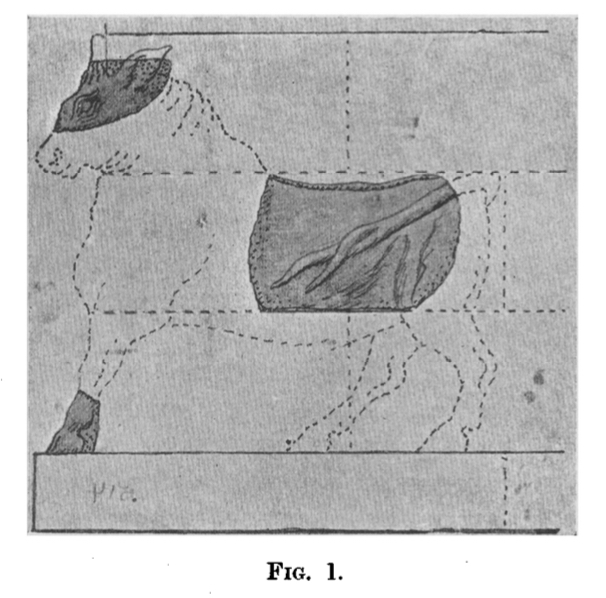Lorem ipsum dolor sit amet, consectetur adipiscing elit. Morbi eu nulla vehicula, sagittis tortor id, fermentum nunc. Donec gravida mi a condimentum rutrum. Praesent aliquet pellentesque nisi.


THE most remarkable characteristic of the temple built in the sixth century was the figure sculpture which surrounded the lower drums of the columns on one or both of the fronts. This feature was certainly not an architectural freak, and the band of figures must either have been thought of as a sculptured dado or derived from Egyptian prototypes such as the sculptured columns of Medinet Abou. Both antecedents may have influ- enced the choice, but the former was a sufficient and the more probable source. The sculptured dado was the first form of sculptured ‘frieze’; in’ Mycenaean’ palaces dadoes of plain or sculptured slabs faced and protected the lower parts of crude brick walls. The two fragments of slabs with reliefs of oxen from Mycenae in the Elgin collection formed part of such a dado. The great Assyrian and Persian slabs followed the same traditions of structure and decoration, and recent explorations of Hittite sites have shown that the sculptured dado was a fundamental tradition in the arts of Asia Minor.